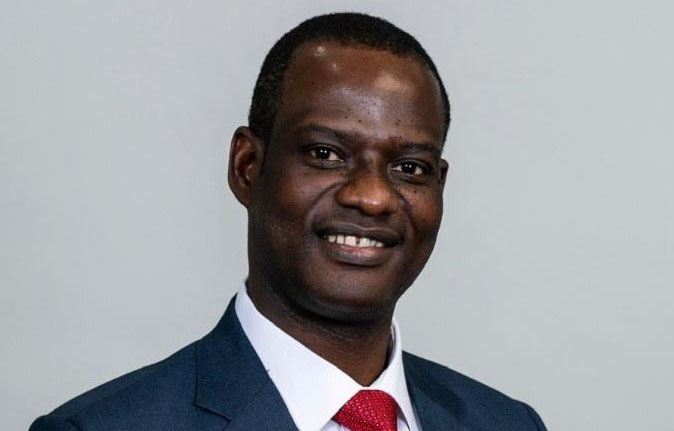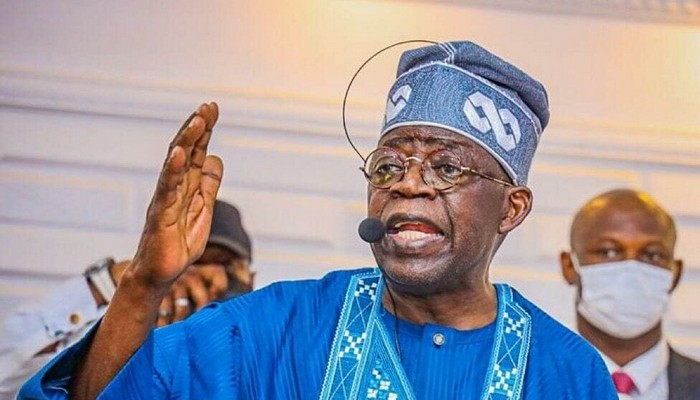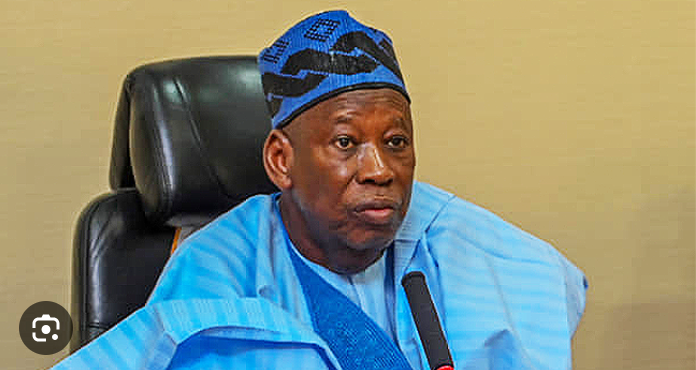
International Monetary Fund (IMF) has affirmed that Nigeria will this year recover from economic recession, projecting that the nation’s economy will grow by 0.8 per cent in 2017.
The international body pinned its projection on increased crude oil production due to security improvement, said in its latest World Economic Outlook (WEO) released, Monday that Nigeria’s Gross Domestic Product (GDP) will grow by 0.8 per cent in 2017 and 2.3 per cent in 2018.
These represent 0.2 per cent and 0.7 per cent improvement from what the IMF projected for Nigeria in its October 2016 World Economic outlook. The IMF also projected that Nigeria’s economy grew by 1.6 percent in 2016, notwithstanding the decline in economic growth recorded from January to September.
“Nigeria’s forecasts were also revised up, primarily reflecting higher oil production due to security improvements”, the IMF said.
The forecast, though 0.2 per cent lower, corroborates the 1.0 percent growth forecast for Nigeria’s economy in 2017 by the World Bank in its World Economic Report released last week.
While the IMF retained its forecast of 3.2 per cent growth for the global economy in 2017, it, however, raised its forecast for advance countries to 1.9 percent from 1.8 percent. It downgraded its growth forecast for Emerging Market and Developing Economies (EMDEs) and sub-Saharan economies, respectively to 4.5 percent from 4.6 percent, and to 2.8 percent from 2.7 percent.
The IMF said: “Global growth for 2016 is now estimated at 3.1 percent, in line with the October 2016 forecast. Economic activity in both advanced economies and EMDEs is forecast to accelerate in 2017-18, with global growth projected to be 3.4 percent and 3.6 percent, respectively, again unchanged from the October forecasts.
“Advanced economies are now projected to grow by 1.9 percent in 2017 and 2.0 percent in 2018, 0.1 and 0.2 percentage points more than in the October forecast, respectively. As noted, this forecast is particularly uncertain in light of potential changes in the policy stance of the United States under the incoming administration.
“The projection for the United States is the one with the highest likelihood among a wide range of possible scenarios. It assumes a fiscal stimulus that leads growth to rise to 2.3 percent in 2017 and 2.5 percent in 2018, a cumulative increase in GDP of 0.5 percentage point relative to the October forecast. Growth projections for 2017 have also been revised upward for Germany, Japan, Spain, and the United Kingdom, mostly on account of a stronger-than-expected performance during the latter part of 2016. These upward revisions more than offset the downward revisions to the outlook for Italy and Korea.
“The primary factor underlying the strengthening global outlook over 2017-18 is, however, the projected pickup in EMDEs’ growth. As discussed in the October WEO, this projection reflects to an important extent a gradual normalization of conditions in a number of large economies that are currently experiencing macroeconomic strains. EMDE growth is currently estimated at 4.1 percent in 2016, and is projected to reach 4.5 percent for 2017, around 0.1 percentage point weaker than the October forecast”, IMF said.






